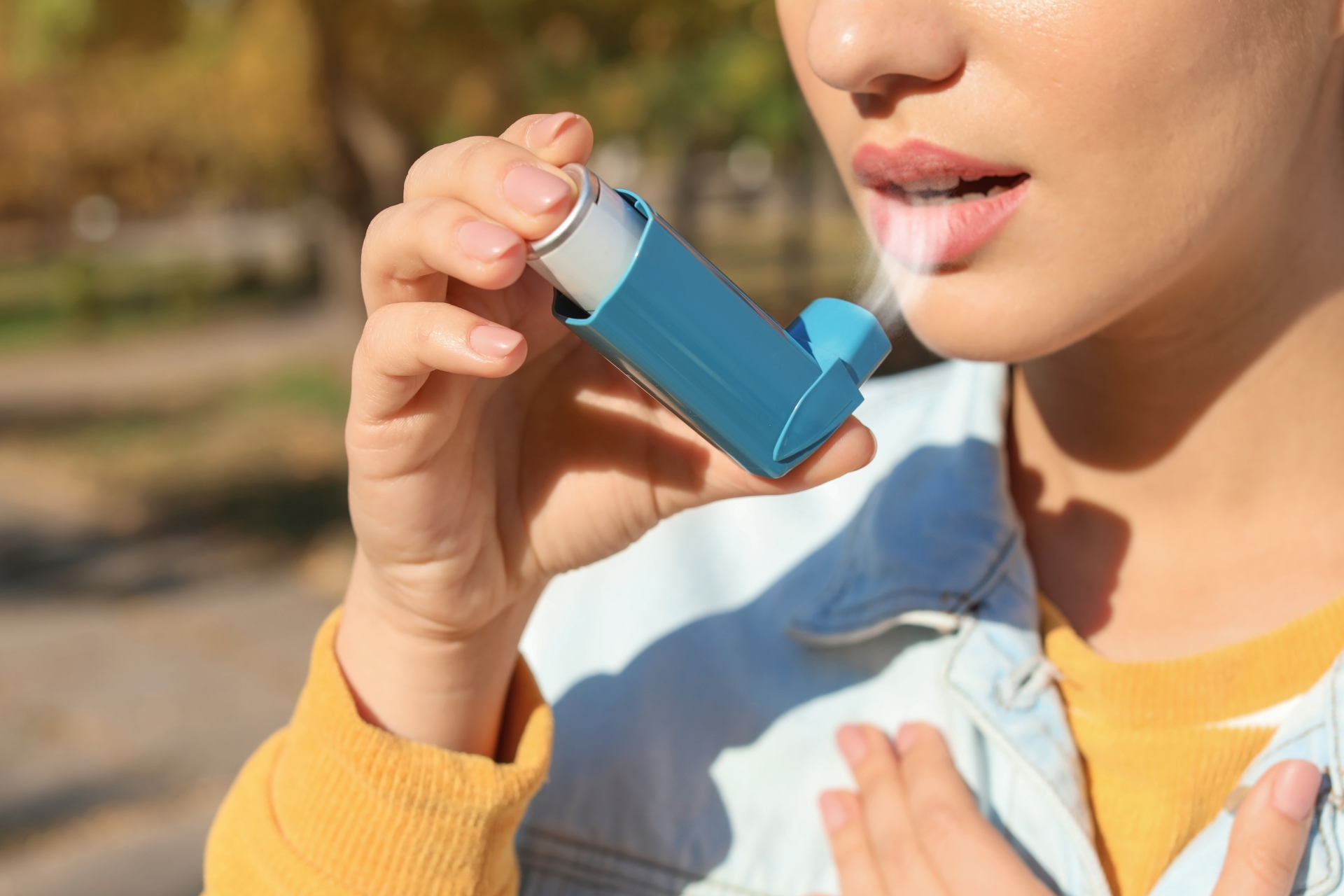Chronic Disease Management: Living well with conditions like diabetes or asthma

Living with a chronic disease such as diabetes or asthma can present daily challenges, but with the right management and care, it is possible to lead a fulfilling and healthy life. At Fall Creek Skin and Health Clinic, we understand the importance of providing comprehensive care for patients with chronic conditions, both to alleviate symptoms and improve overall quality of life. In this blog post, we will explore the key aspects of chronic disease management and offer practical tips for living well with conditions like diabetes or asthma.
Understanding the Condition
The first step in managing a chronic disease is to gain a thorough understanding of the condition itself. At Fall Creek Skin and Health Clinic, our dedicated healthcare providers take the time to educate patients about their specific condition, including the underlying causes, common symptoms, and potential complications. For individuals with diabetes, this may involve learning how to monitor blood sugar levels, manage medication, and make healthy lifestyle choices. Similarly, patients with asthma can benefit from understanding their triggers, using inhalers correctly, and recognizing the signs of an asthma attack.
Developing a Treatment Plan
Once a diagnosis has been made, our healthcare team works closely with each patient to develop a personalized treatment plan tailored to their unique needs and preferences. This plan may include a combination of medications, lifestyle modifications, and regular monitoring to ensure optimal disease management. For example, individuals with diabetes may need to follow a specific diet, engage in regular exercise, and monitor their blood sugar levels regularly. Likewise, asthma patients may benefit from using a peak flow meter to assess lung function, avoiding triggers such as smoke or allergens, and having a rescue inhaler on hand for emergencies.
Making Healthy Lifestyle Choices
In addition to medical treatment, lifestyle modifications play a crucial role in managing chronic diseases such as diabetes and asthma. At Fall Creek Skin and Health Clinic, we emphasize the importance of making healthy choices, such as eating a balanced diet, staying active, getting an adequate amount of sleep, and managing stress effectively. These lifestyle changes can not only help control symptoms and reduce the risk of complications but also improve overall well-being and quality of life.
Seeking Support and Guidance
Living with a chronic disease can be challenging, both emotionally and physically. That's why it's essential to seek support and guidance from healthcare professionals, family members, and support groups. At Fall Creek Skin and Health Clinic, we provide ongoing support to our patients, from regular check-ups and monitoring to education and counseling services. Patients are encouraged to ask questions, voice their concerns, and actively participate in their care to achieve the best possible outcomes.
Taking Control of Your Health
Living with a chronic disease may require extra effort and attention, but it is possible to lead a fulfilling life with the right management and support. By understanding your condition, developing a treatment plan, making healthy lifestyle choices, and seeking support, you can take control of your health and well-being. At Fall Creek Skin and Health Clinic, we are committed to helping our patients living with chronic diseases like diabetes or asthma achieve their health goals and enjoy a higher quality of life.




